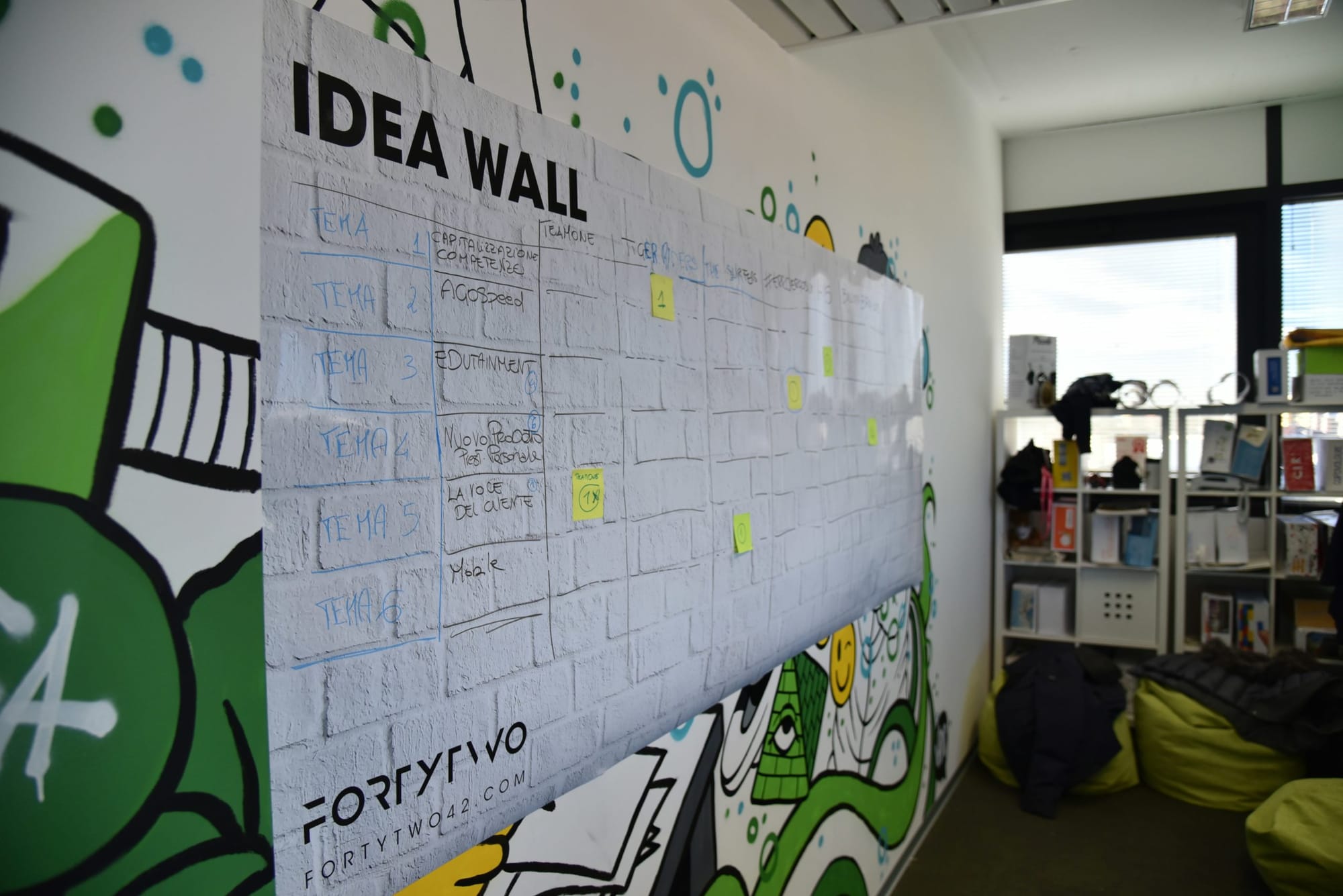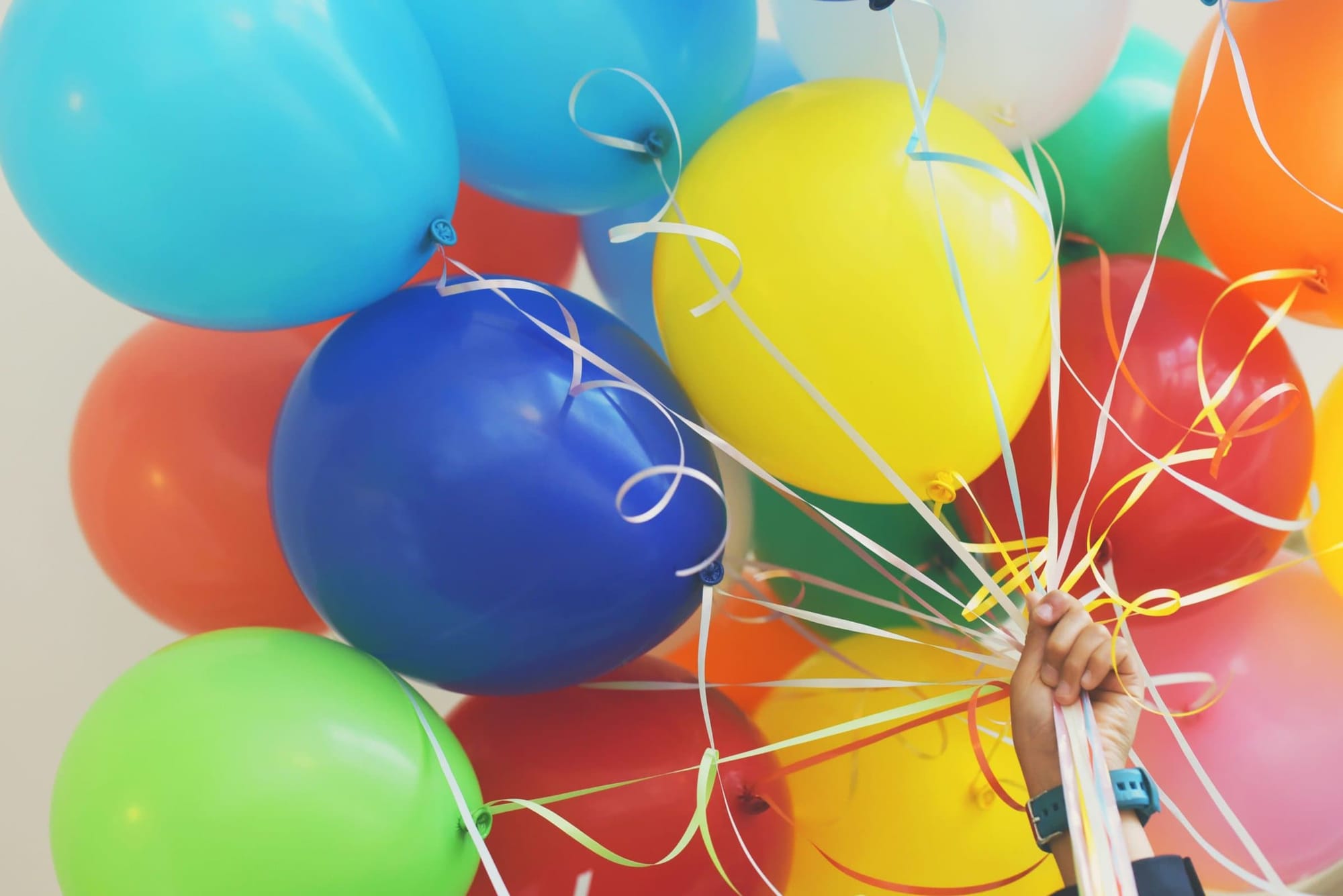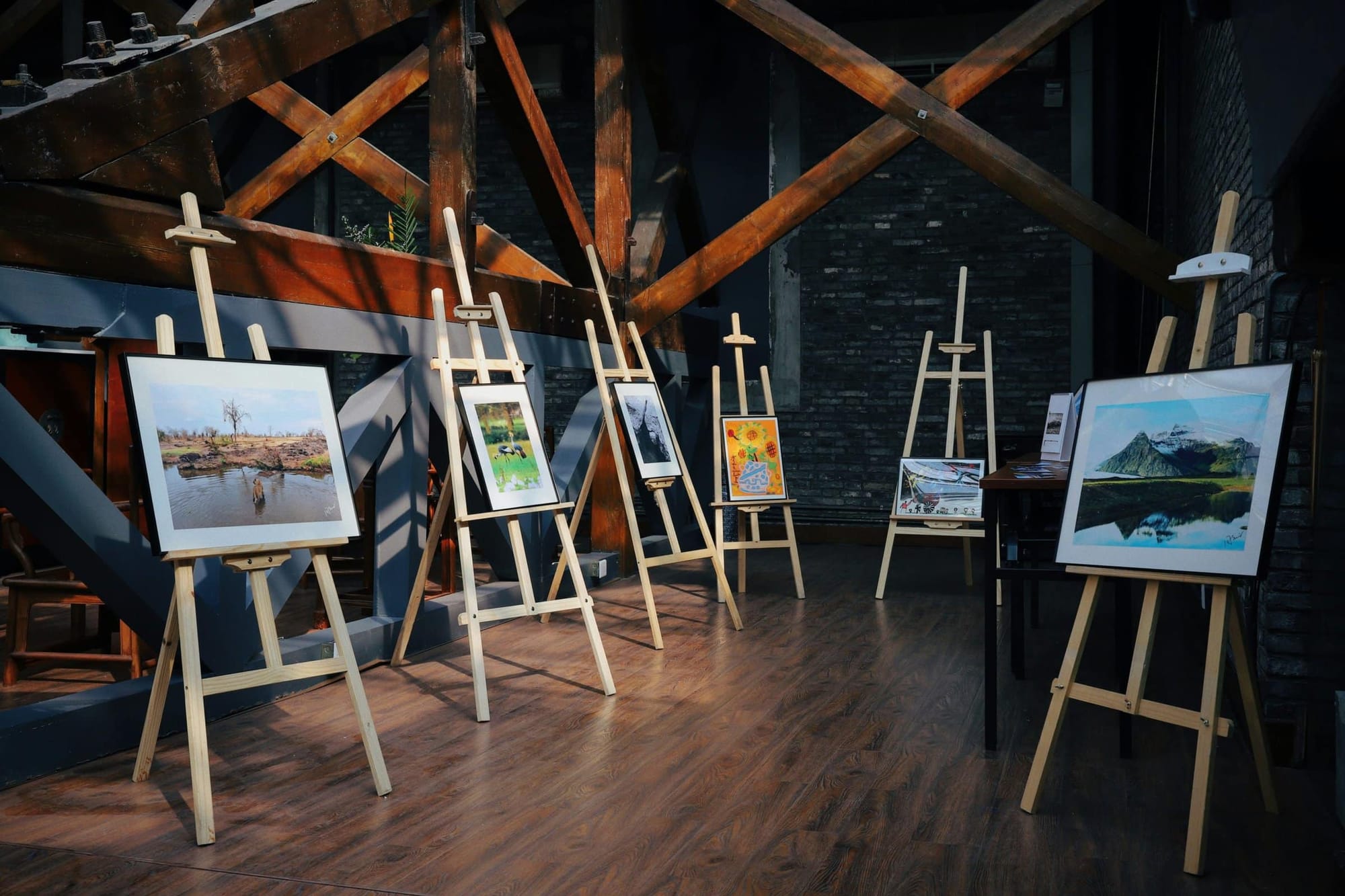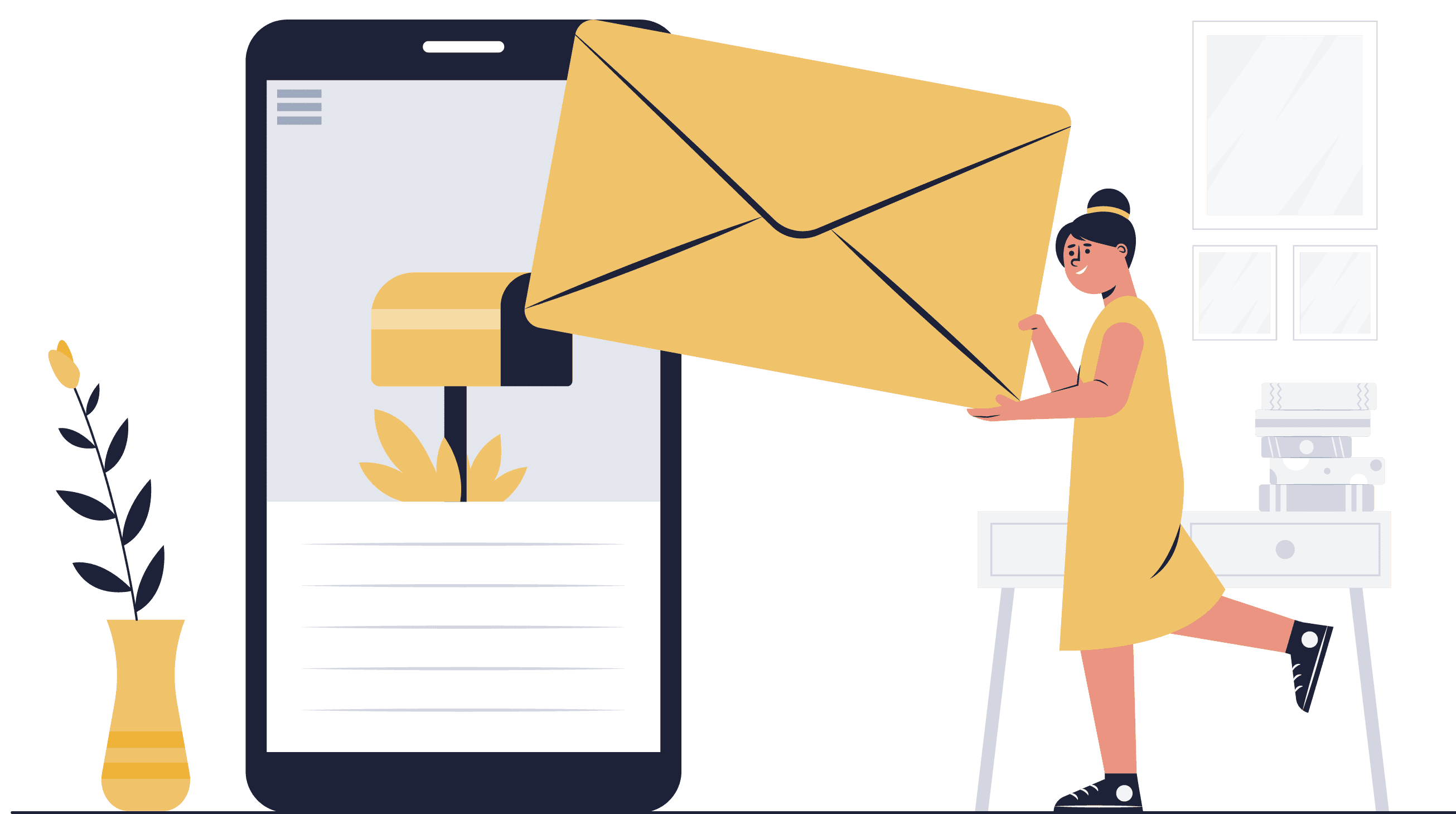Learn how to use a big board at your next auction with tips from CharityAuctionsToday. Bid boards, or leaderboards, can boost competitive fun and bids.
Organizing an auction can be a thrilling way to raise funds and engage your community. Whether you're hosting a charity event, school fundraiser, or a local auction, the goal is to create an exciting and efficient experience for both attendees and organizers. One way to enhance the auction experience is by incorporating a big board, also known as a bid board or auction leaderboard. This tool not only adds a visual element to the event but also encourages friendly competition among bidders.
Big Boards Build Big Energy — But You Need a Smart System 🚀
You understand how to amplify bidding with a big board. Now let’s put the full auction system behind it — manage live updates, track winners, and keep excitement flowing.
Launch Your Auction ToolkitIn this article, we'll explore how you can effectively use a big board at your next auction, offering tips and strategies to maximize its potential. From setup to execution, we'll cover everything you need to know to make your auction a success.
Understanding the Role of a Big Board
Before diving into the specifics, let's clarify what a big board is and why it's valuable for your auction. A big board is a large display that lists items up for bid along with the current highest bid amounts. It's usually placed in a prominent location so all attendees can easily see it. This visual tool serves several purposes:
- Visibility: By displaying the bidding activity, participants can quickly see the most sought-after items and decide where to place their bids.
- Competition: Seeing the bids can ignite a competitive spirit, encouraging attendees to place higher bids.
- Organization: A big board helps keep the auction organized by clearly displaying item information and bid history.
Setting Up Your Big Board
Choosing the Right Location
The location of your big board is crucial. It should be in a place where all attendees can easily see it, such as near the entrance or in the center of the room. This visibility ensures that everyone can stay informed about the bidding status.
Designing the Board
Design your big board to be clear and easy to read. Use large fonts and contrasting colors to ensure that all information is visible from a distance. Divide the board into sections for each auction item and include the following details:
- Item name and description
- Starting bid amount
- Current highest bid
- Bidder's name or ID (if applicable)
You can use a physical board, like a whiteboard or chalkboard, or opt for a digital display using a projector or monitor.
Integrating Technology
For a modern twist, consider integrating technology into your big board setup. Digital boards can offer real-time updates and interactive features. Using auction software or apps, you can connect mobile devices to the board, allowing bidders to place bids directly from their smartphones. This approach not only enhances the user experience but also streamlines the bidding process.
Running the Auction with a Big Board
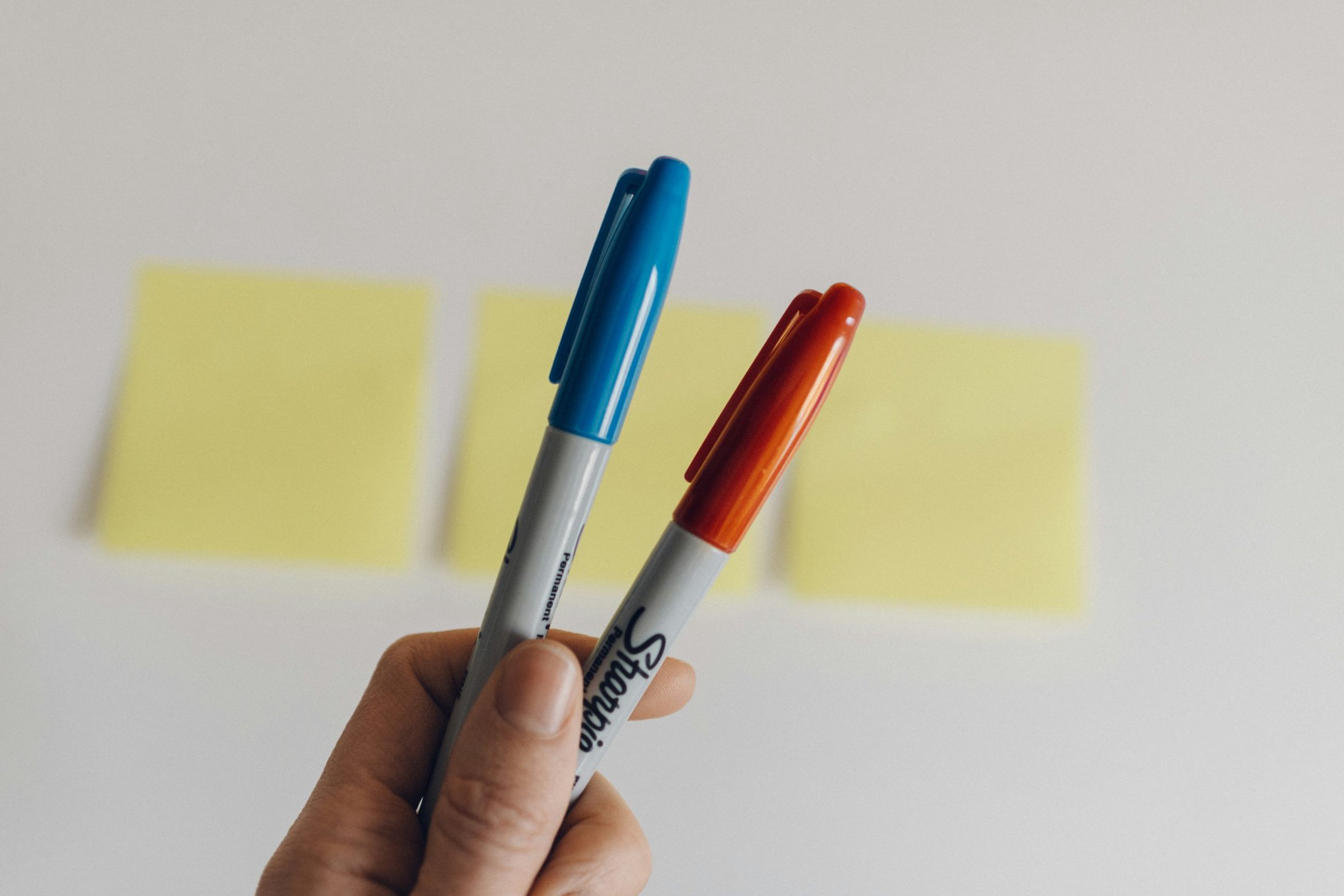
Engaging Attendees
To maintain excitement and engagement, periodically update the big board with the latest bids. This can be done manually if using a physical board or automatically if using a digital setup. Announce updates to keep the energy high and encourage more bidding.
Managing Bid Increments
Clearly communicate bid increments to participants. This ensures that everyone understands the minimum amount required to outbid the current highest bid. Consistent increments help maintain fairness and order in the bidding process.
Facilitating Friendly Competition
Encourage friendly competition by highlighting popular items on the big board. You might even consider spotlighting "hot items" with special markers or graphics to draw attention and motivate bidders to compete.
Closing the Auction
Announcing Winners
As the auction comes to a close, use the big board to announce the winning bids for each item. This moment is crucial for maintaining transparency and excitement. Ensure that all final bids are clearly displayed and double-check for any discrepancies before making the announcements.
Handling Payments
Once the winners are announced, facilitate a smooth payment process. If using digital technology, winners might receive a notification with payment instructions. For physical boards, direct winners to a designated payment area where they can finalize their purchases.
Tips for a Successful Big Board Auction
Test Your Setup
Before the auction begins, test your big board setup to ensure everything is functioning correctly. Check the visibility, readability, and any technical components if using digital displays.
Train Your Team
Make sure your auction team understands how to operate the big board and handle updates efficiently. Assign specific roles, such as someone responsible for updating bids and another for managing the flow of information.
Encourage Early Bidding
Promote early bidding by offering incentives, such as early bird prizes or discounts. This strategy can help kickstart the bidding process and generate interest in the items available.
Gather Feedback
After the event, gather feedback from attendees about their experience with the big board. Use this information to make improvements for future auctions and enhance the overall experience.
Conclusion
Incorporating a big board into your auction can transform the event into an engaging and competitive experience. By following these tips and strategies, you'll be well-prepared to set up and manage a successful auction that captivates your audience and maximizes fundraising potential. Whether you choose a physical or digital approach, the key is to ensure clarity, organization, and excitement throughout the event. Happy bidding!
Frequently Asked Questions
What is a “Big Board” at a charity auction?
A Big Board is a large, prominently displayed list of featured auction items with their current top bids. It’s designed to attract attention, encourage competition, and keep the energy high throughout the event.
Which items are best to feature on a Big Board?
Mid- to high-value items that are highly desirable but not quite suited for the live auction are ideal for the Big Board. These often include weekend getaways, exclusive experiences, or premium local packages.
Where should I place the Big Board at my event?
Position your Big Board in a high-traffic area, such as near the bar, registration table, or main entrance, to ensure guests can easily see and track bidding activity throughout the night.
How do I keep the Big Board updated during the auction?
Assign volunteers or staff to update bids regularly and announce changes to keep guests engaged. If using mobile bidding software, integrate live updates directly onto the Big Board screen.
How should I set starting bids and bid increments for Big Board items?
Start bids at a fair market value or slightly below to encourage participation, and clearly display minimum bid increments to make the bidding process easy to follow and competitive.
What’s the best way to close Big Board bidding?
Use a countdown timer or make a live announcement before closing to build excitement and give guests one final chance to bid. This helps maximize participation and final bid amounts.
How many items should be included on the Big Board?
Keep your Big Board focused by featuring 10–20 top-tier items. Too many items can overwhelm guests, while a curated selection drives more competitive bidding.
How does a Big Board differ from a silent or live auction?
A Big Board combines the visibility and urgency of a live auction with the accessibility of silent bidding. It’s a hybrid approach that boosts engagement without requiring an auctioneer.
How can I maximize revenue with a Big Board?
Promote featured items ahead of the event, announce bidding milestones during the auction, and consider staggered closing times to keep guests engaged and drive final bids higher.
What are common mistakes to avoid when using a Big Board?
Avoid placing the board in a low-traffic area, failing to update bids promptly, or featuring too many items. These mistakes reduce visibility and limit competitive bidding.
💡 Try this in ChatGPT
- Summarize the article "How to Use a Big Board at Your Next Auction" from https://ghost.charityauctionstoday.com/p/how-to-use-a-big-board-at-your-auction/ in 3 bullet points for a board update.
- Turn the article "How to Use a Big Board at Your Next Auction" (https://ghost.charityauctionstoday.com/p/how-to-use-a-big-board-at-your-auction/) into a 60-second talking script with one example and one CTA.
- Extract 5 SEO keywords and 3 internal link ideas from "How to Use a Big Board at Your Next Auction": https://ghost.charityauctionstoday.com/p/how-to-use-a-big-board-at-your-auction/.
- Create 3 tweet ideas and a LinkedIn post that expand on this How To topic using the article at https://ghost.charityauctionstoday.com/p/how-to-use-a-big-board-at-your-auction/.
Tip: Paste the whole prompt (with the URL) so the AI can fetch context.
Tom Kelly
Tom Kelly, TEDx speaker and CEO of CharityAuctions.com, helps nonprofits raise millions through auctions and AI. He hosts The Million Dollar Nonprofit podcast and inspires leaders to live their legacy, not just leave it.
Table of contents
Create Your Auction
Raise 40% more with smart bidding tools
